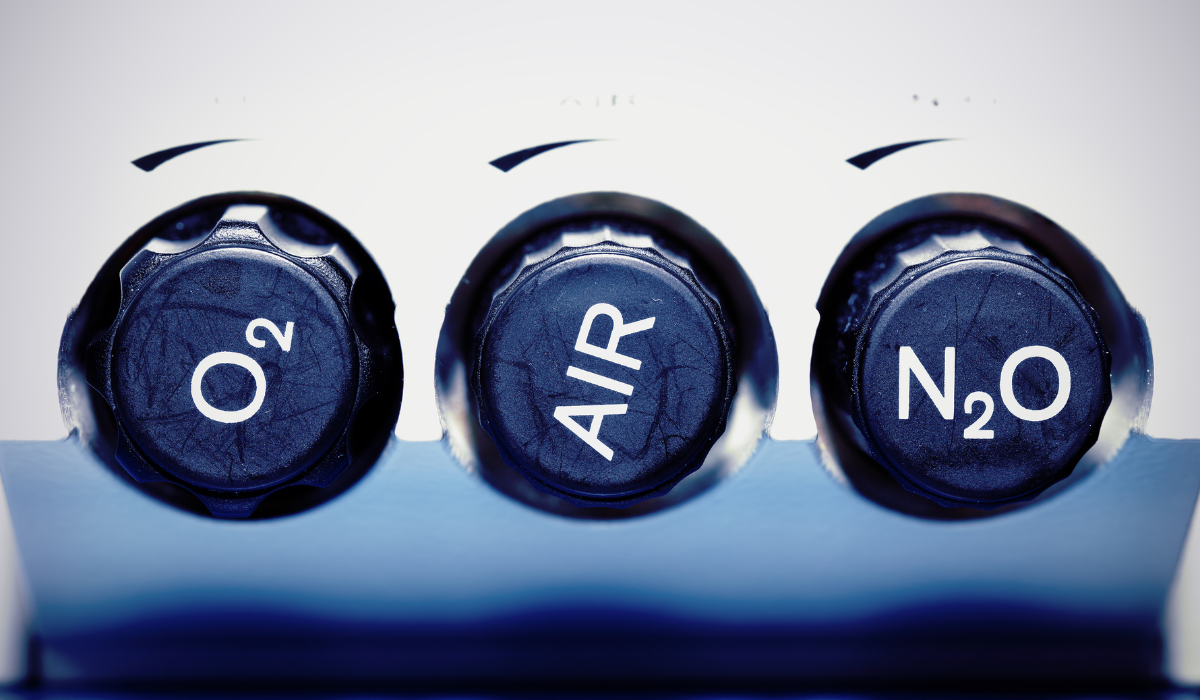Does Nitrous Oxide Put you to Sleep

Nitrous oxide, commonly known as laughing gas, is a gas used for its anesthetic and analgesic properties. It is commonly used in dentistry and surgery, as well as in recreational settings. One of the common questions people have about nitrous oxide is whether it puts you to sleep. In this article, we will explore the effects of nitrous oxide and its impact on sleep.
How to safely use nitrous oxide?
Nitrous oxide, also known as laughing gas, is a commonly used anesthetic in medical settings. It is also used recreationally as a drug due to its euphoric effects. However, nitrous oxide can be dangerous if not used properly. Here are some tips for safely using nitrous oxide:
- Use nitrous oxide in a well-ventilated area: Nitrous oxide can displace oxygen in the air, causing asphyxiation. Always use nitrous oxide in a room with good ventilation, such as an open window or a fan.
- Do not use nitrous oxide alone: If you are using nitrous oxide recreationally, always have a friend with you who can assist you in case of an emergency.
- Use a balloon or whipped cream dispenser: Nitrous oxide is typically sold in small cartridges that are used to refill whipped cream dispensers. However, inhaling nitrous oxide directly from the cartridge can cause frostbite or freeze your lungs. Instead, use a balloon or a whipped cream dispenser to inhale the gas safely.
- Do not inhale nitrous oxide directly from the canister: Inhaling nitrous oxide directly from the canister can cause frostbite or freeze your lungs. Always use a balloon or a whipped cream dispenser.
- Do not overuse nitrous oxide: Nitrous oxide can cause dizziness, nausea, and loss of consciousness. If you feel any discomfort or dizziness, stop using nitrous oxide immediately.
- Do not mix nitrous oxide with other substances: Mixing nitrous oxide with other drugs or alcohol can increase the risk of adverse effects or overdose.
- Dispose of used cartridges properly: Used nitrous oxide cartridges should be disposed of properly. Do not throw them in the trash or on the ground, as they can be dangerous to animals and the environment. Instead, bring them to a recycling center or dispose of them in a hazardous waste container.
Can you overdose on nitrous oxide?
Yes, it is possible to overdose on nitrous oxide. Nitrous oxide can be dangerous in high doses and can cause a range of adverse effects, including loss of consciousness, nausea, dizziness, and even death.
Inhaling too much nitrous oxide can lead to oxygen deprivation in the body, which can cause asphyxiation. Additionally, inhaling nitrous oxide directly from the canister or inhaling it too rapidly can cause frostbite or freeze the lungs. Nitrous oxide overdose can also cause a condition called hypoxia, which occurs when the body is deprived of oxygen. Hypoxia can lead to brain damage, seizures, and even coma.
Symptoms of nitrous oxide overdose
Symptoms of nitrous oxide overdose can include:
• Loss of consciousness
• Dizziness
• Nausea or vomiting
• Rapid heartbeat
• Seizures
• Confusion or disorientation
• Blue or purple skin, particularly around the lips and fingers
How to recognize and treat nitrous oxide overdose?
Nitrous oxide overdose can be dangerous and potentially life-threatening, so it is important to recognize the signs and seek medical attention immediately. Here is how to recognize and treat nitrous oxide overdose:
Treatment of nitrous oxide overdose
1. Call for emergency medical assistance: If someone is experiencing symptoms of nitrous oxide overdose, call 911 or your local emergency number immediately.
2. Monitor breathing and vital signs: If the person is unconscious or experiencing difficulty breathing, perform CPR and monitor their vital signs until medical help arrives.
3. Administer oxygen: If the person is conscious, give them oxygen if it is available. This can help increase oxygen levels in the body and prevent asphyxiation.
4. Provide supportive care: Provide supportive care to the person while waiting for medical help to arrive. This can include keeping the person calm, monitoring their breathing and vital signs, and providing emotional support.
5. Provide medical history and information: Provide medical professionals with a complete medical history of the person, including any drug or alcohol use, to assist in diagnosis and treatment.
Conclusion
In conclusion, while nitrous oxide can be used safely for medical and recreational purposes, it is important to be aware of the potential risks and dangers associated with its use. Nitrous oxide overdose can be life-threatening and cause a range of adverse effects, including loss of consciousness, hypoxia, and even death. To use nitrous oxide safely, it is important to follow proper usage guidelines, such as using it in a well-ventilated area and avoiding direct inhalation from the canister.
RECENT ARTICLES
